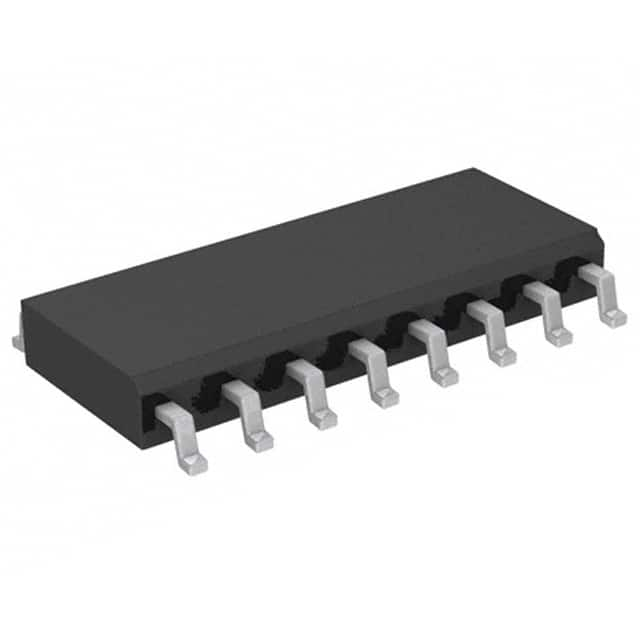Viz Specifikace pro podrobnosti o produktu.

NB4N507ADR2G
Overview
Category
NB4N507ADR2G belongs to the category of integrated circuits (ICs).
Use
It is commonly used as a clock and data driver in various electronic devices.
Characteristics
- High-speed operation
- Low power consumption
- Wide operating voltage range
- Small package size
Package
NB4N507ADR2G is available in a small outline integrated circuit (SOIC) package.
Essence
The essence of NB4N507ADR2G lies in its ability to provide reliable clock and data signals for efficient communication within electronic systems.
Packaging/Quantity
This product is typically packaged in reels, with each reel containing a specific quantity of NB4N507ADR2G ICs.
Specifications and Parameters
- Operating Voltage Range: 2.3V to 3.6V
- Input Clock Frequency Range: 0Hz to 250MHz
- Output Data Rate: Up to 1.25Gbps
- Number of Pins: 8
- Operating Temperature Range: -40°C to +85°C
Pin Configuration
The pin configuration of NB4N507ADR2G is as follows:
| Pin Name | Description | |---------|-------------| | VCC | Power supply voltage input | | GND | Ground reference | | CLKIN | Input clock signal | | CLKOUT | Output clock signal | | D | Input data signal | | Q | Output data signal | | OE | Output enable control | | NC | No connection |
Functional Characteristics
NB4N507ADR2G offers the following functional characteristics:
- Clock signal amplification and distribution
- Data signal buffering and transmission
- Output enable control for signal routing flexibility
Advantages and Disadvantages
Advantages
- High-speed operation enables efficient data communication
- Low power consumption for energy-efficient designs
- Wide operating voltage range allows compatibility with various systems
- Small package size saves board space
Disadvantages
- Limited input clock frequency range may restrict certain applications
- Not suitable for high-speed data transmission beyond 1.25Gbps
Applicable Range of Products
NB4N507ADR2G is commonly used in the following electronic devices:
- Networking equipment
- Telecommunication systems
- Data storage devices
- Industrial automation systems
Working Principles
The working principle of NB4N507ADR2G involves amplifying and distributing clock signals, buffering and transmitting data signals, and providing output enable control for signal routing.
Detailed Application Field Plans
NB4N507ADR2G can be applied in the following fields:
- Networking: Used in routers and switches to ensure accurate clock and data synchronization.
- Telecommunications: Employed in communication systems to maintain reliable signal transmission.
- Data Storage: Integrated into storage devices to facilitate efficient data transfer.
- Industrial Automation: Utilized in automation systems for precise timing and data communication.
Detailed Alternative Models
Some alternative models to NB4N507ADR2G include:
- NB4N11S
- NB4N111KMNR2G
- NB4N121KMR2G
- NB4N855SMR2G
- NB4N855SMNG
5 Common Technical Questions and Answers
Q: What is the maximum operating temperature of NB4N507ADR2G? A: The maximum operating temperature is +85°C.
Q: Can NB4N507ADR2G operate with a supply voltage below 2.3V? A: No, the minimum operating voltage is 2.3V.
Q: What is the purpose of the OE pin? A: The OE pin controls the output enable function, allowing signal routing flexibility.
Q: Can NB4N507ADR2G handle clock frequencies above 250MHz? A: No, the input clock frequency range is limited to 0Hz to 250MHz.
Q: Is NB4N507ADR2G suitable for high-speed data transmission applications? A: No, it is not recommended for data rates exceeding 1.25Gbps.
This concludes the encyclopedia entry for NB4N507ADR2G.
Word count: 609

